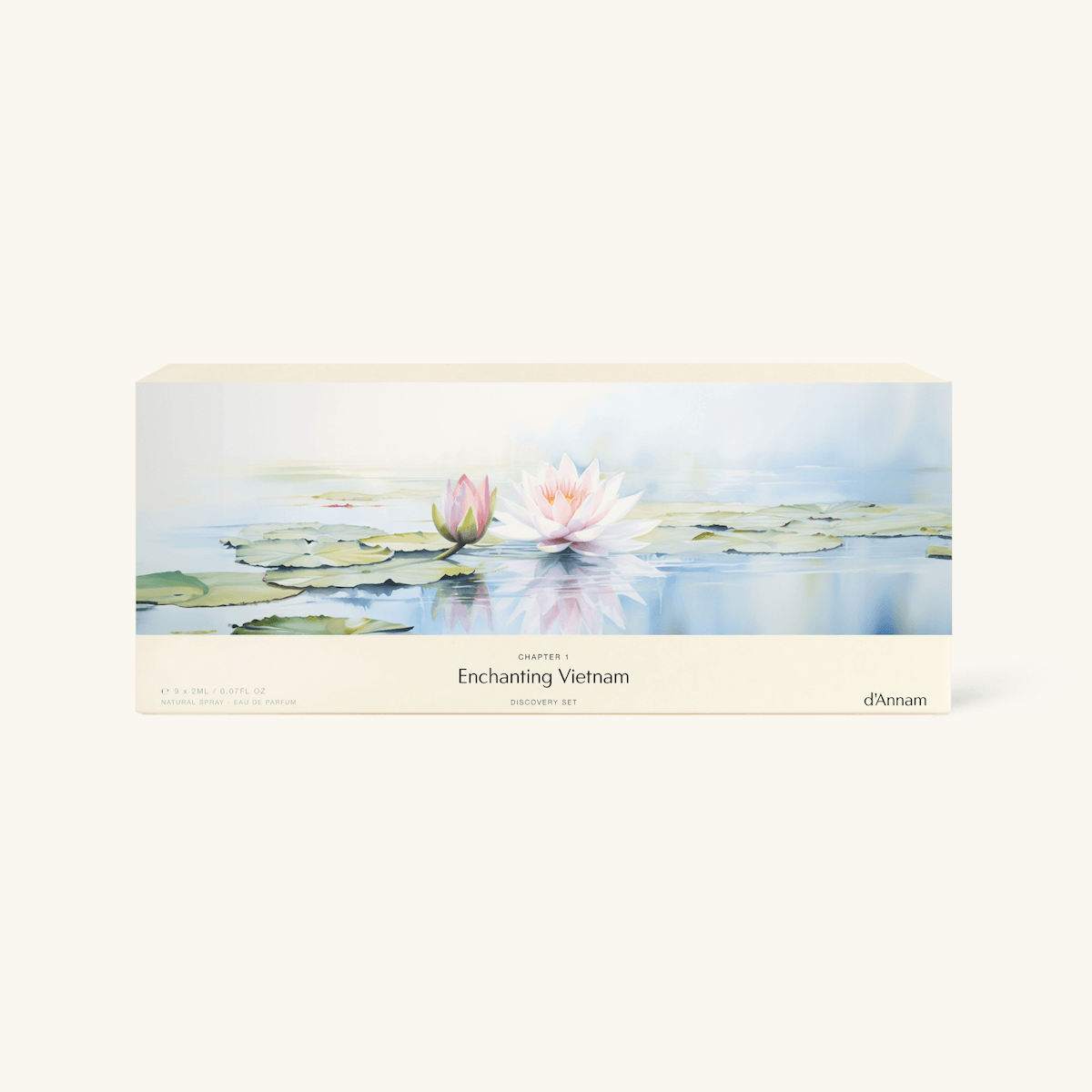Welcome, fragrance enthusiasts, and those new to the scented realm! Today, we’re going to explore the fascinating world of perfume genres. Just like in music or literature, perfumes too, have their genres. With the understanding of these classifications, you can better navigate the perfume aisle and find a scent that perfectly matches your taste or even mood. Let's dive in!
Floral
Often described as the heart of women's perfumery, floral fragrances encompass a wide range of aromas, from the scent of a single flower (soliflore) to the smells of a beautiful bouquet. Notes include rose, jasmine, lily of the valley, and many others. If you're fond of the smell of a florist's shop or a blooming garden, this genre is for you. A classic example is Chanel No.5, with its bouquet of roses and jasmine.
Oriental
In the perfume world, "oriental" refers to fragrances marked by warm, rich scents often associated with precious resins, spices, and balms. They're divided into Oriental Spicy and Oriental Vanilla. The former features spices such as clove, cinnamon, and nutmeg, while the latter is characterized by the sweetness of vanilla. Shalimar by Guerlain, an oriental vanilla perfume, is a quintessential example of this genre.
Woody
This genre encompasses fragrances reminiscent of the forest, fresh-cut wood, and earthy tones. It includes three main categories: Woods, Mossy Woods, and Dry Woods. A wood fragrance may incorporate sandalwood, cedar, or oud, while a mossy wood includes oakmoss and others. If you enjoy the scent of a walk in the woods or a warm fire, this genre might be a great fit. Terre d'Hermès is a wonderful example of a woody perfume.
Fougère
A term that translates to "fern-like," Fougère fragrances are often associated with masculine scents. They are built on a base of lavender, oakmoss, and coumarin, creating a fresh, sharp, and slightly sweet scent. Fougères are very versatile, suitable for most occasions and seasons. The iconic Fougère Royale by Houbigant, first created in 1882, gave this genre its name.
Citrus
Also known as Hesperidic, the citrus genre is characterized by the light, fresh scents of citrus fruits like oranges, lemons, bergamot, and more. These fragrances tend to be invigorating and clean, often associated with the summer or daytime wear. Think of the smell of fresh lemonade or peeling an orange—that's the essence of the citrus genre. An excellent example is the Acqua di Parma's Colonia.
Chypre
Pronounced "shee-pra", this genre is named after the island of Cyprus. Chypre fragrances are warm and dry, and typically built around a structure of citrus top notes, a middle centered on cistus labdanum, and a mossy-animalic set of base notes, usually featuring oakmoss and musk. Guerlain's Mitsouko is a classic example of a Chypre fragrance.
Gourmand
A relatively new genre in the perfume world, Gourmand scents are often dessert-like, featuring notes like vanilla, tonka bean, honey, and chocolate. They’re typically warm and sweet, perfect for those who enjoy the smell of baking or a hot cup of vanilla latte. Thierry Mugler’s Angel is a notable example of a Gourmand fragrance.
Aquatic
Aquatic, or Marine notes, bring to mind the smell of fresh sea air, ocean breeze, or even rain. They’re usually light, often combined with floral or citrus notes to keep them fresh and uplifting. These are perfect for individuals who love the ocean, or who prefer a clean, fresh fragrance. Davidoff's Cool Water is a well-known aquatic fragrance.
Fruity
Fruity fragrances, as the name suggests, are characterized by the scent of non-citrus fruits. Notes can range from apple and peach to blackcurrant and tropical fruits. They are often combined with floral notes, resulting in a genre known as "Fruity Floral". DKNY's Be Delicious, with its distinctive apple note, is a good example of this genre.
Green
Green perfumes are reminiscent of fresh leaves and newly mown grass. They tend to be refreshing and lively, making them great for daytime wear, particularly in the spring and summer months. A famous green perfume is Chanel No. 19, which boasts a beautiful balance of green and floral notes.
Spicy
Spicy or "Aromatic" fragrances are characterized by the presence of herbs like sage, rosemary, cumin, lavender, and other aromatic herbs and spices that provide a warm, often exotic sensation. These fragrances can be fresh or warm and spicy. Opium by Yves Saint Laurent is a renowned spicy perfume.
Leather
Leather fragrances imitate the scent of leather, whether that's a new car interior, a well-worn jacket, or a saddle in a barn. Often, these fragrances include notes of honey, tobacco, wood, and, occasionally, floral notes to soften the blend. Leather fragrances can be sensual and comforting. Tom Ford’s Tuscan Leather is a standout leather scent.
Aldehydic
This genre refers to perfumes characterized by the scent of aldehydes, which are organic compounds that can take on various smells such as wax, citrus, or clean linens. Chanel No. 5, one of the most famous perfumes in the world, is an example of an aldehydic perfume.
In conclusion, understanding perfume genres can help you refine your scent preferences and find your signature fragrance. It's also a fantastic way to explore new scents outside of your comfort zone.
Keep in mind that a perfume can belong to more than one genre. Perfumery is an art, and like any art form, it thrives on innovation and the mixing of different elements to create something new and unique. So continue to explore, test, and most importantly, enjoy your fragrance journey!











